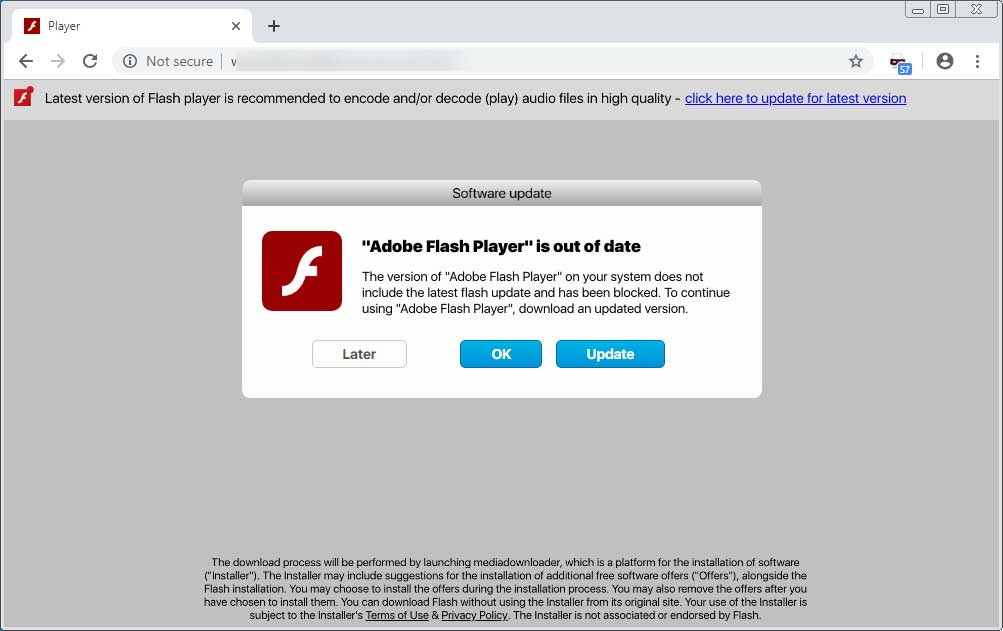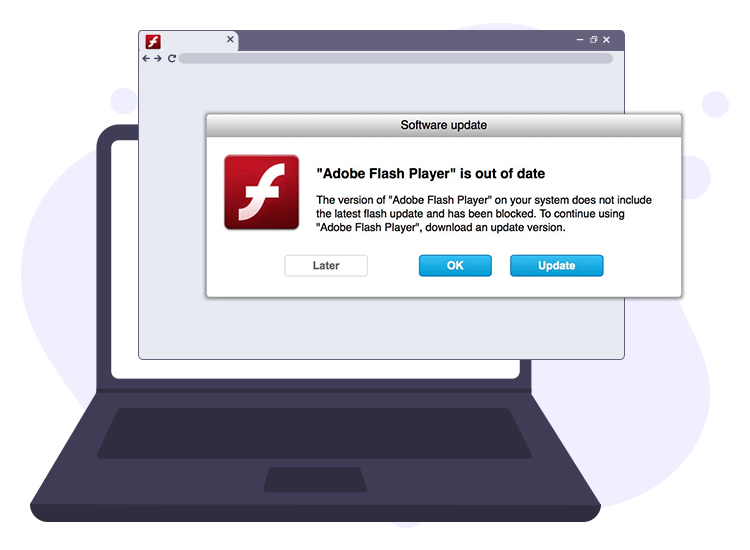
To run an individual Flash object, click its Play button. To enable Flash for the site, click the lock icon at the left side of the Omnibox (address bar), click the "Flash" box, and then click "Allow."Ĭhrome prompts you to reload the page-click "Reload."Įven after you reload the page, any Flash content won't be loaded-you have to click it to load it. When you visit a website that uses Flash, you see a "Plugin blocked" message at the right side of Chrome's Omnibox or address bar. Chrome's increasingly aggressive moves are supposed to encourage websites to move away from Flash while they still have plenty of time to do so.

If you use Flash, you still have nearly one and a half years until it's gone. Mozilla is even more aggressive-it will remove Flash support entirely in early 2020. Adobe will also end support for Flash at the end of 2020. Instead, Chrome blocks Flash by default with the message "Flash was blocked on this page." If you re-enable Flash in Chrome, you see a message that says, "Flash Player will no longer be supported after December 2020," with a button to turn off Flash.Īs Google explains, when the ball drops on New Year's Eve, 2020, the countdown will also be counting down to the end of Flash.
#Google chrome flash player virus how to
RELATED: How to Use Adobe Flash in 2021 and Beyondįlash isn't completely gone-yet. Do you still need Flash content? Here are some tips for how you can still run Flash, in 2021 and into the future. Update: As of January 2021, Flash is no longer officially supported. If you still use Flash, you can re-enable it for now-but Chrome makes it annoying. Google drove another nail into its coffin with Chrome 76, which blocks all Flash content on websites by default. The overall direction here, then, is clear: three allies are working to make Web-based applications a more powerful alternative to those that run on computer operating systems today.Adobe Flash is going away. A smooth handoff to Flash could be important for the cases in which Web developers want to use Native Client power but Flash's interface. Native Client is a programming foundation to give a hardware acceleration boost to Web applications, and Google is building it into Chrome and Chrome OS. The reason it's interesting is that one reason Google wants the changes is to let its Native Client technology use Flash or other plug-ins. On Tuesday, Google announced it's won the support of Adobe and Firefox developer Mozilla in developing the technology. Last July, Google proposed a project called the platform-independent NPAPI. "Our hope is that the robust integration between Chrome and Flash Player will serve as a showcase for more consistent, seamless, and efficient Web browsing experiences," he said in an Adobe blog post.Īnother interesting wrinkle here is work to overhaul NPAPI, which stands for Netscape Plug-in Application Programming Interface but which is used by several browsers. Paul Betlem, Adobe's senior director for Flash Player engineering, was reading from the same script. Over time this will enable HTML, Flash, and other plug-ins to be used together more seamlessly in rendering and scripting," said Linus Upson, a Google vice president of engineering, said on the blog posting.

"Improving the traditional browser plug-in model will make it possible for plug-ins to be just as fast, stable, and secure as the browser's HTML and JavaScript engines. And note also that Adobe is adopting next-generation Web standards, too.

It's true that HTML, CSS, and JavaScript pose a competitive threat to Flash, but it's also true that there is a huge quantity of Flash content available on the Web. What the move does indicate is that the separation between Flash and new features coming to HTML and related Web standards isn't quite as black and white as some would suppose. That virtually guaranteed Flash a place in Chrome OS. But even last July, Google revealed that Adobe is one of Google's partners for Chrome OS, the browser-based operating system the company plans to release later this year.

First, it had been reported Monday by ZDNet's Larry Dignan.
#Google chrome flash player virus update
Specifically, Google said it will distribute Flash with Chrome, update it automatically, and eventually put Flash in Chrome's sandbox where its risks can be contained better. Google wants the Web to be the foundation for applications, but it doesn't want the security and crash problems plug-ins can bring. Google announced its Flash embrace Tuesday on its Chromium blog, but the company has been agitating for months on a related project to improve the security of browser plug-ins. Apple might be taking a principled stand against Adobe Systems' Flash Player plug-in, but Google opted for pragmatism by choosing to build the plug-in into its Chrome browser.


 0 kommentar(er)
0 kommentar(er)
